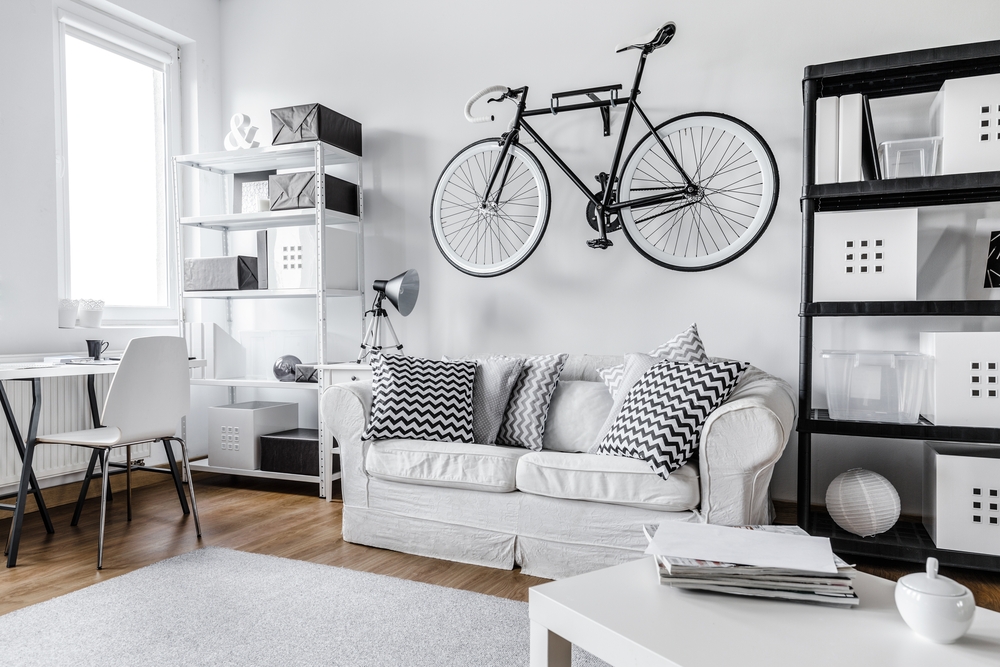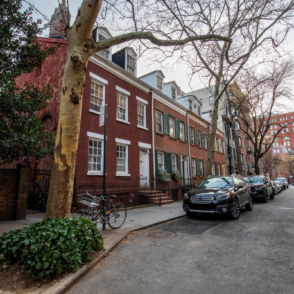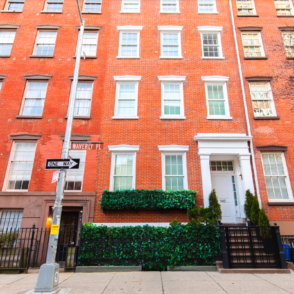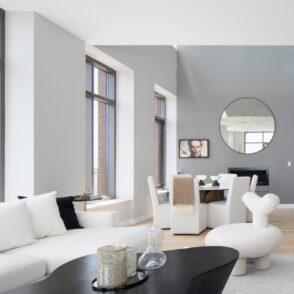For most people, living in New York City means downsizing. Space, especially in Manhattan, comes at a premium. If you’re looking to save on your monthly expenses, then choosing a smaller apartment can help you cut your costs.
The question is – at what point does small become too small? Is there a limit on how tiny an apartment can legally be? And how much room do you really need to feel comfortable? We looked at the research, current trends and housing laws to find the answers.
What’s the average?
RCLCO, an analytics firm specializing in real estate data, compiled a study in 2016 that showed the average size of an apartment built in New York City since 2000 is 866 square feet. They also reported that more than half the apartments in competitive markets like New York are 700 square feet or less in size.
What does the law say?
Back in 1987, The Department of City Planning created the Quality Housing Program. The intent of these zoning laws was to encourage the development of new apartment buildings that were “safe, attractive and livable.” One of the ways the city enforced the livability part of the equation was to restrict the construction of apartments that were less than 400 square feet in size.
This law was in effect until 2013, when Mayor Bloomberg invited developers to compete to design micro-apartments that were smaller than 400 square feet. The winning design, known as Carmel Place, was built with 55 rental units, all less than 360 square feet. Its success prompted the city council to approve the Zoning for Quality and Affordability proposal in 2016, which eases the 400 square foot restriction on new developments.
So – according to the city, it is reasonable to assume that many people in New York will be comfortable living in apartments that are less than 400 square feet. But you must ask yourself – will that be enough for you?
What’s the minimum square footage that makes a space livable?

First of all, design plays a huge part in the overall livability of a small space. People all over the world have been micro-living for years. As a result, there are tons of great examples of how smart design can maximize your living space. By using modular furniture, thoughtful storage, and items that can serve several purposes, people are learning to live in apartments that are as tiny as 100 square feet or less.
Secondly, communal spaces can make up for what you may be missing in your unit. Many of these new micro-apartment developments contain lounges, complimentary fitness centers, rooftop decks and more to give residents options when it comes to relaxing and entertaining.
Lastly, some New Yorkers are willing to give up space for convenience. Many studies have confirmed that the shorter your commute time, the happier you will be. By opting for a micro-apartment that is near public transportation or even walking distance to work, you’re giving yourself a boost in happiness. You’ll also be more likely to live near community amenities, such as cultural attractions, trendy restaurants or world-class museums.
Need more information?
If you’d like more information about small-scale living in New York City, please contact Platinum Properties or call 646-681-5272. We are happy to discuss all your living options, large and small, to help you discover the perfect place for you.
Categories:


